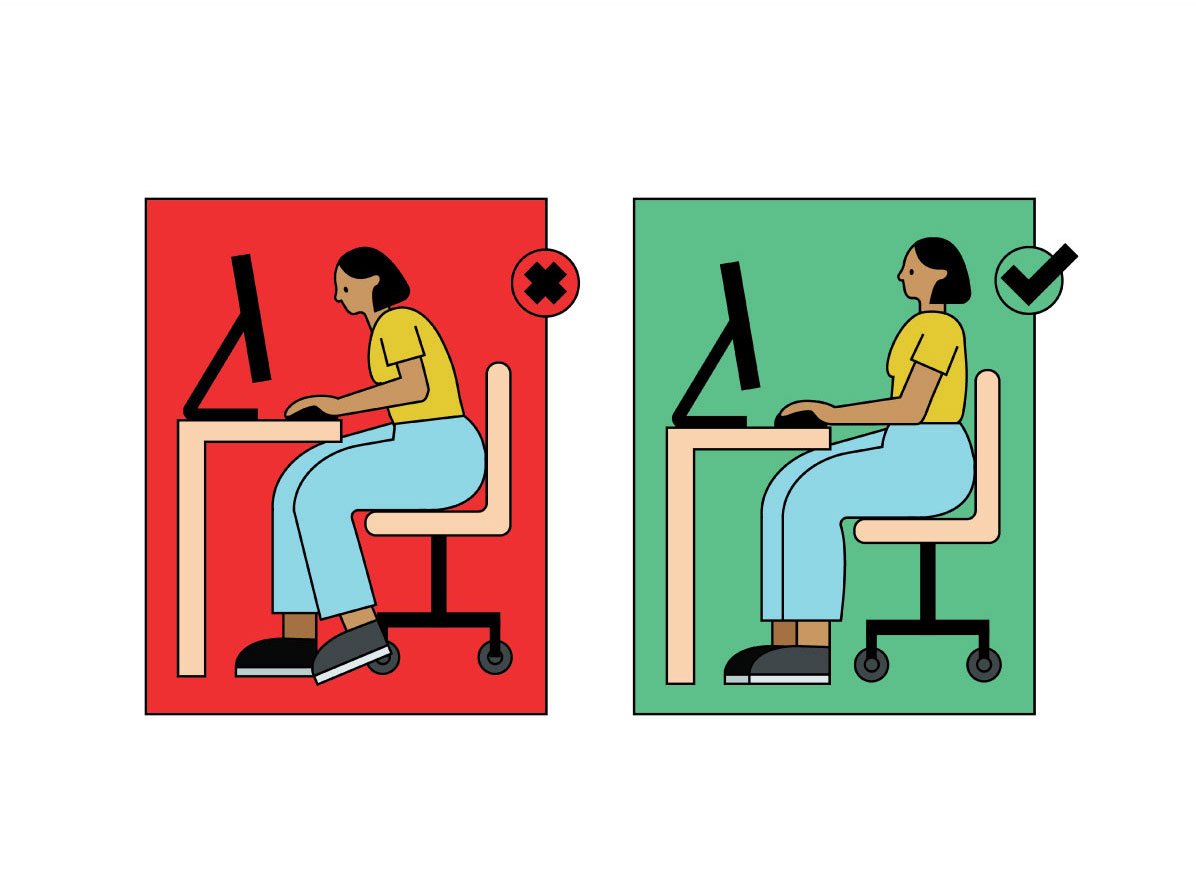Raven Carter, 26
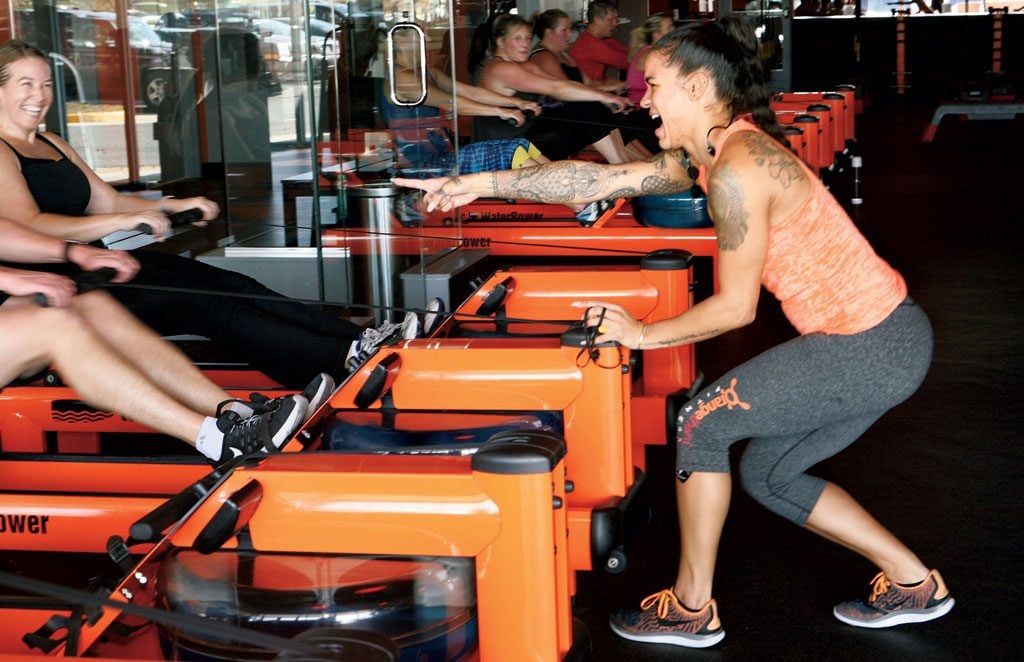
Where: The Ashburn location of Orangetheory Fitness, the heart-rate-monitored, high-intensity interval-training gym that mixes treadmill sprints with rowing and strength training.
What makes the class so hard: “It’s easier to ‘kick their butts’ due to the heart-rate-monitor system we use. Their effort is right there on the screens for both the member and coach to see.”
Why she’s a fan of heart-rate monitors: “When you monitor your heart rate, you know how hard you are pushing. Many of us simply spend time on a treadmill or running outside but are not maximizing the time spent. Outside the studio, we like to see members spend most of their time in a range from 71 to 83 percent of their maximum heart rate, which will help them burn calories and fat. By using an HRM system, they can ensure this is happening and not have to guess.”
Chris Pepe, 23
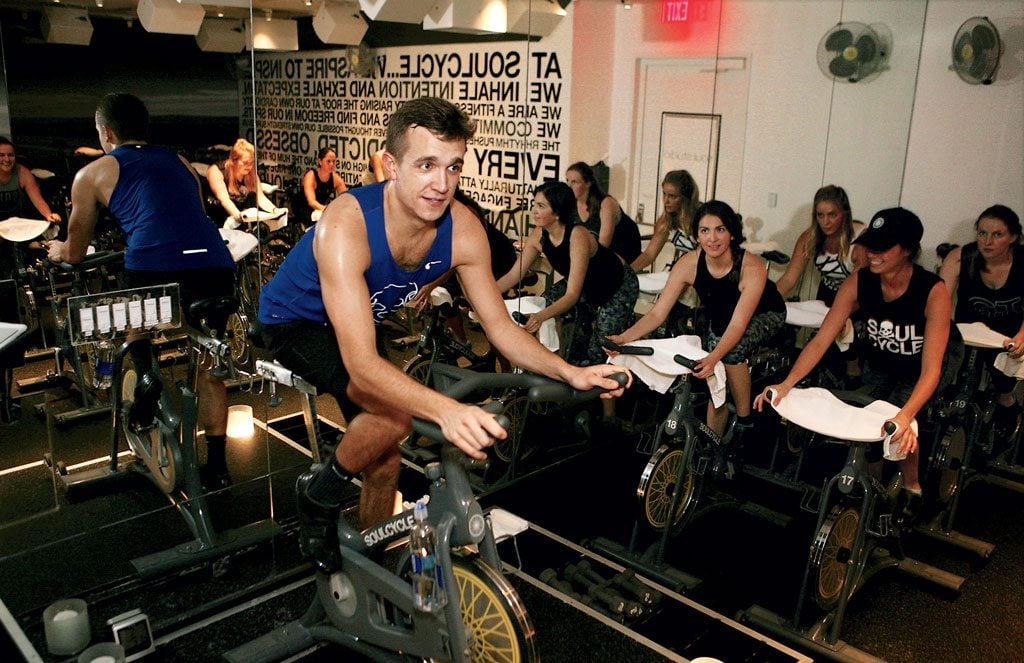
Where: The Georgetown branch of SoulCycle, the indoor cycling chain.
What makes his class so hard: “Once riders have been going to SoulCycle for a while, they can start to expect what might be coming next and their bodies can get used to the workout. I try to switch up my class as much as possible to shock the riders, in a way, and to shock their bodies.”
How he got into it: “Before SoulCycle, I was a student at Georgetown University double-majoring in economics and music, with plans to move to Los Ange-les and work in the entertainment industry. That all changed when SoulCycle came into my life. My love for music and dance, combined with the beat-driven, choreographed structure of a class, made me fall in love with fitness for the very first time.
What makes his class so popular: “I think I do a great job at putting together a playlist and motivating riders through the music. I spend a lot of time making sure each playlist flows well and maintains its energy.”
How to avoid injury: “Cycling can cause tightness in the hips, so stretching is incredibly important—maybe even pairing your SoulCycle rides with a yoga class. A rider’s back can become a stress point, but this can be lessened by riding with correct form. Riders need to elongate the body in order to not stress their back. When riders get tired in class, they’ll start to compromise how they’re holding themselves. I advise riders that it’s best to sit down, recover, and get back at it when they’re feeling strong enough to hold themselves up properly again.”
Lauren Fredston-Herman, 32
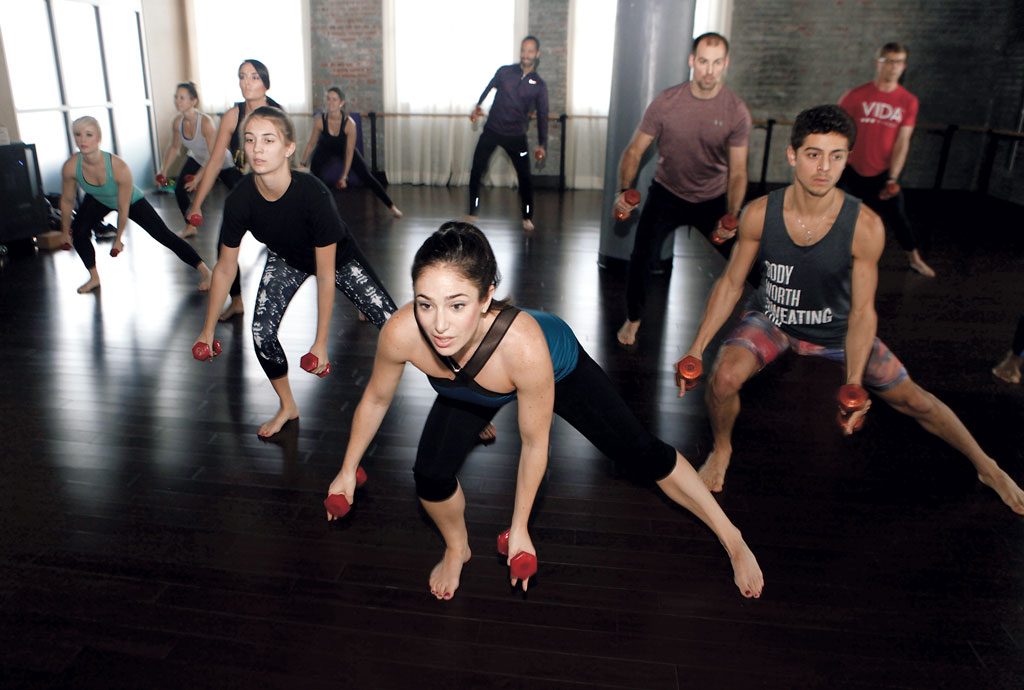
Where: Vida Fitness U Street and Metropole, DC’s chain of big-box gyms that have chic amenities and classes galore, including Herman’s specialties: Pilates and barre.
Why she’s popular: “I pay close attention to the students in my class to determine how challenging they find each exercise, and I provide modifications to make the exercises more or less difficult.”
How to avoid injury: “I see a lot of students who report lower-back pain, which is typically a result of weak abdominals. To be safe, I always recommend doing abdominal work with the spine either neutral or rounded—never in an arched position.”
How to get the best workout: “Stay focused—your work, responsibilities, and outside life will be waiting when you leave, so why bring it into class? Use the time you’re at the gym to clear your head of anything outside and focus on yourself. Most likely, you will be more productive.”
Why she likes Pilates: “Pilates helps people strengthen the muscles that support the spine. By improving core muscles, people can more safely do everything from sit at a desk to golf to ski. The more experienced I get at Pilates, the more challenging I find the exercises, because you never actually arrive—you can always work deeper, improve form, and grow stronger.”
Alex Perrin, 32
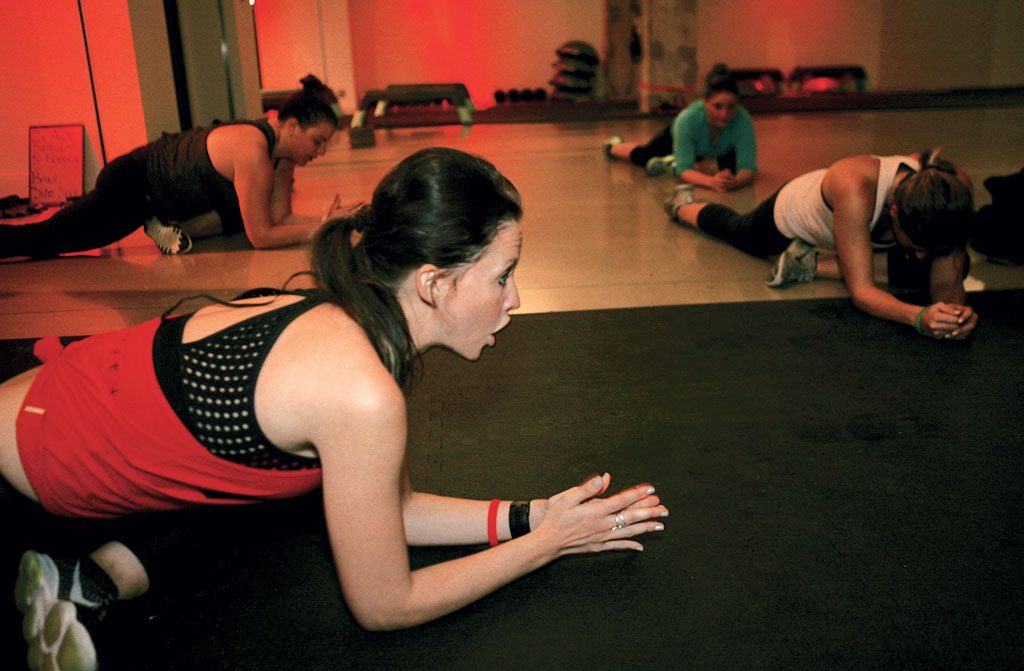
Where: Cut Seven, the Logan Circle gym that offers sports-team-style conditioning drills combined with high-intensity interval training.
What makes her class so hard: “The nature of sports conditioning is to mimic athletic movement. So we are challenging balance, power, stamina, agility, endurance, quickness—sometimes all in one workout. We constantly keep you guessing, and you will never do the same work-out twice.”
What makes her class a bit easier: “The coaches are trained to get the entire class involved, so it’s not the ‘teacher’ encouraging the ‘student’—it’s peer-to-peer, and that is way more powerful.”
How she got into fitness: “I started dance at the age of three. Being so active in my younger years, I honestly didn’t pay much attention to my diet—I remember eating two cheesesteaks after ballet classes one night. But after college, I lost myself in the corporate world, gaining 60 pounds. I hired a trainer and worked out three to four times per week for six months, and the weight came off. This journey was my kick-start in the fitness industry.”
Isiah Muñoz, 34
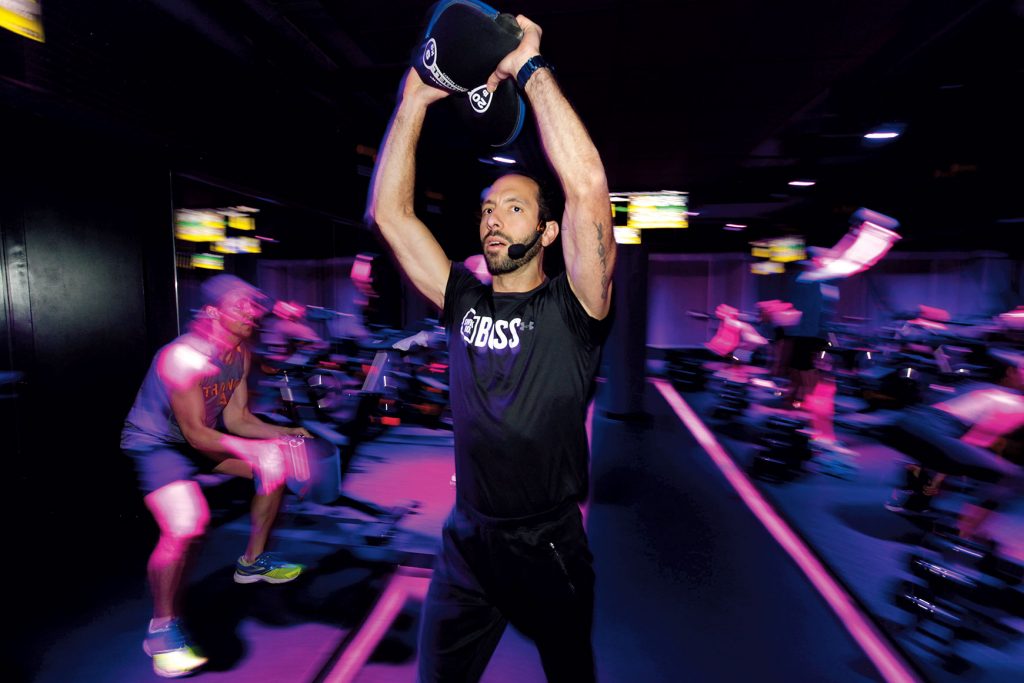
Where: SweatBox, the high-intensity interval-training U Street gym that alternates strength training with sprints on a stationary bike.
Why he’s popular: “I view myself as a coach more than an instructor. I’ve always been a team-sports guy, so I take on a coach’s mentality during my class-es. I don’t yell or scream, and I’m not dramatic.”
How to get started: “Swallow your pride first. Be okay with the fact that you’re a beginner, and be okay with the current condition you’re in. It’s not a competition, so don’t expect to walk in and keep up with the people who have been going to those classes for weeks or months, because you’ll get discouraged and won’t go back.”
How he eats: “I have a really high metabolism and I’m very active, so it’s very easy for me to lose weight, which no one likes to hear me say. On the weekends, I’ll have some pizza. Or I like doughnuts—I’ll eat three to six in a sitting if I want to.”
Why he likes high-intensity interval training: “The science behind HIIT is if you mix strength training with short bouts of intense cardio, then once you’ve finished your session, your body is going to work harder to recover and to refuel, so your metabolism is going to be higher. You’re going to burn more calories for a longer period after your workout than if you only strength-trained or if you only did cardio.”
Mistakes he sees: “If you haven’t been exercising at all for the past few months, please don’t think you can all of a sudden start exercising five days per week. If you’re starting at zero days of exercise per week, then plan on training twice per week for the first two weeks. Once you start to create a consistent habit with that, add in another day every week or two.”
Eleni Grove, 31
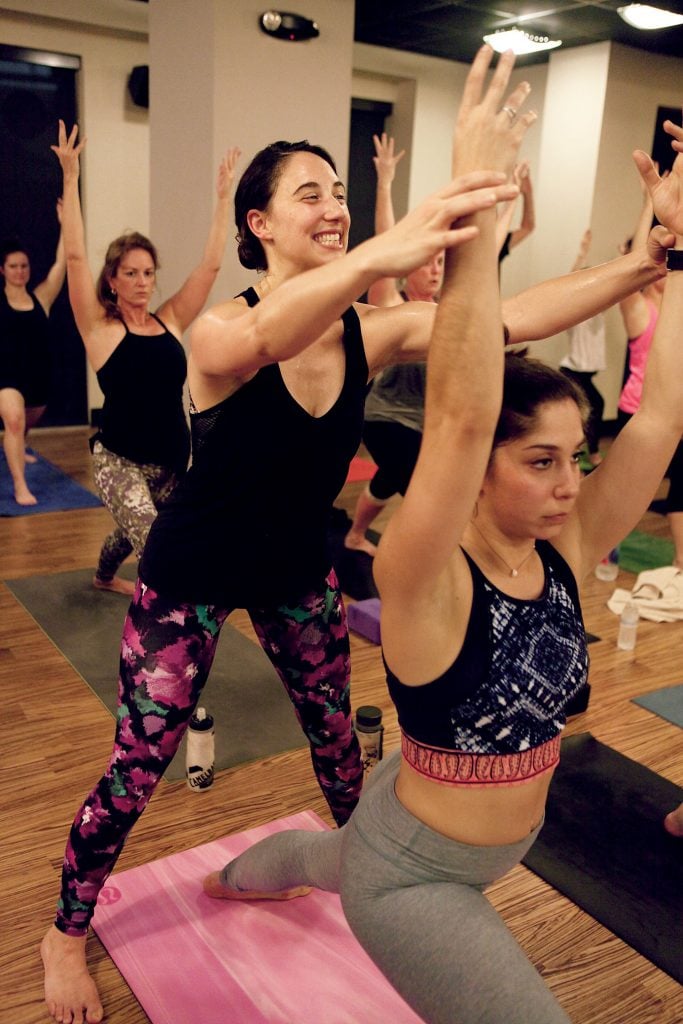
Where: CorePower Yoga Bethesda, where heated studio rooms ensure you’ll break into a sweat while getting into the flow.
What makes her class so hard: “Every posture can be challenging when you draw your awareness to the physics of what your body is actually accomplishing. I can create a complex sequence of postures, but that doesn’t necessarily mean the class is hard unless the student is very present in working in a granular way for themselves. My goal is to open up a space for people to investigate their own body and mindfulness, and in that we challenge the body and challenge the mind.”
How to get the best workout: “I encourage students to truly focus on their intention. Why have you come to class today? What is it that you are looking for? When you have a purpose for each class, you are able to challenge yourself and go deeper with greater focus.”
Why yoga is good for everyone: “A huge benefit of yoga is injury prevention. Athletes who incorporate yoga into their cross-training gain increased flexibility, muscle strength, and muscle control.”
Jennifer Blackburn, 44
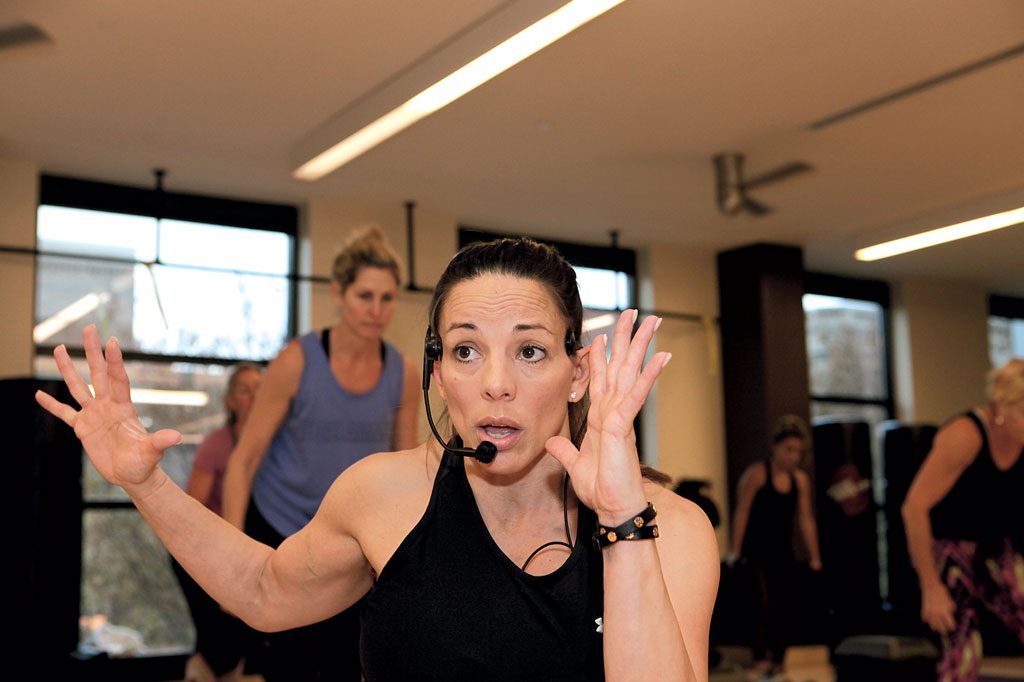
Where: Equinox Bethesda, the luxe big-box gym where she manages group fitness and teaches everything from Tabata to treadmill classes.
What makes her class so hard: “I’m constantly changing up the format of my class and asking students if they could challenge themselves more each day. Asking people if they’re ready usually gets them to add a challenge and push themselves harder than they normally would without making them feel like they’re being yelled at. Scolding people or yelling at them to do more doesn’t work for long-term success.”
How to get into it: “If I have someone who is completely new to movement, I always tell them, ‘Today is day one. If you make it 20 minutes, that’s great—you can leave your equipment, I will clean it up, and maybe next week we can aim for 22 minutes.’ Normally, they end up staying the whole class, but to give someone permission to leave helps them feel comfortable.”
What she loves about training: “I love how I really don’t know what each member is dealing with in their day-to-day, but I can allow them a moment to focus on themselves, to leave everything at the door and just be present in their workout. To give someone one hour to be all about them in this day and age of fast-paced life is a gift.”
How she eats: “I’m a big fan of 80/20. You should try to eat healthy—whole foods, veggies, protein, and avoiding processed carbs and sugar—80 percent of the time. The other 20 percent, you have the freedom to indulge a little. Being realistic helps everyone stay on track.”
Melinda Hall, 34
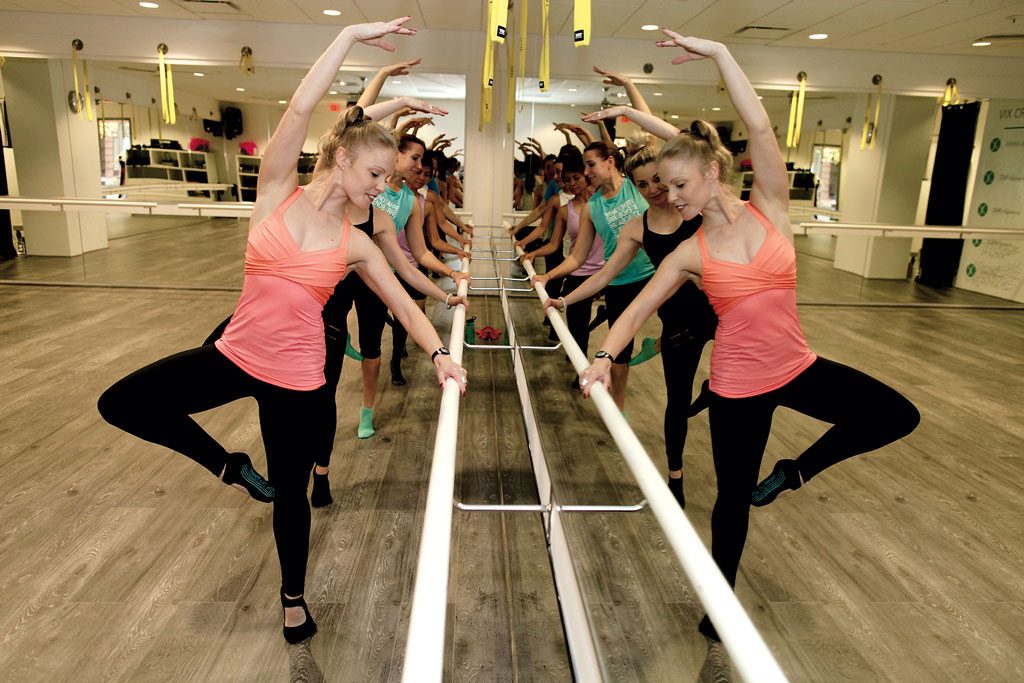
Where: Xtend Barre Old Town, which combines dance movements with Pilates for a lengthening and toning workout.
What makes her class so hard: “A few years ago, a client deemed me ‘Sergeant Tinkerbell.’ She indicated I resembled the cute, fun-loving Disney character, yet once I stepped into the classroom, I took on the persona of a drill sergeant.”
How to stick with exercise: “Set attainable goals for yourself, and make your goals known to others. By making your fitness and health goals known, you’re not only held accountable to yourself but to family, friends, and coworkers. I’d also recommend trying out a variety of workouts to find what truly sparks your interest.”
This article originally appeared in the January 2017 issue of Washingtonian.










